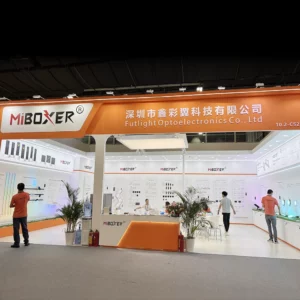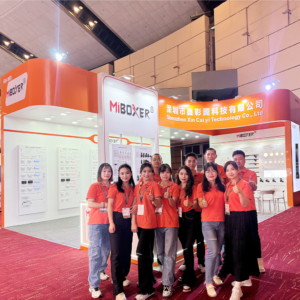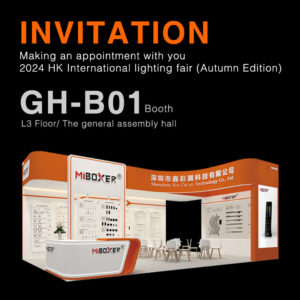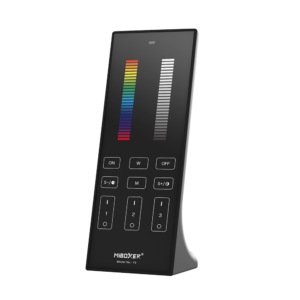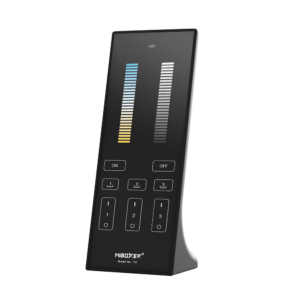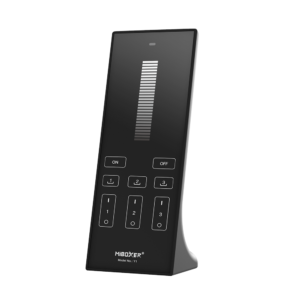The rise of the smart home field has made the networking technology to be necessary for smart home products to become an “arena” for major companies. At present, there are many types of wireless access technologies, including short-range communication technologies such as infrared IR and radio frequency RF, Bluetooth, Wi-Fi, Zigbee, and Z-Wave, and long-distance wireless communication technologies such as LoRa, SigFox, eMTC, and NB-IoT. Among them, the two technologies of Wi-Fi and Zigbee are the most worthy of competition. Let’s introduce the advantages and disadvantages of zigbee and Wi-Fi.
Differences between Zigbee and Wi-Fi
1. Transmission distance: Zigbee’s signal coverage is wider than Wi-Fi, and it is not easy to be interfered with. It is suitable for expanding a large home network with multiple devices.
2. Security: Zigbee provides data integrity check and authentication functions. The encryption algorithm adopts a general-purpose 128-bit password, which guarantees the confidentiality of Zigbee signal transmission. Therefore, its encryption mechanism is better than Wi-Fi is more secure and better able to protect the security of your data.
3. Power consumption: ZigBee technology adopts an extremely low power consumption design, and has a unique inherent advantage in power consumption. In practical application, a battery can be used for about 6 months to 2 years, so it is more suitable for IoT devices that need to run for a long time. This low power consumption technology makes it widely used in the field of smart home, including the application of various sensors such as smart door locks, infrared transponders, and temperature and humidity.
4. Application scenarios: Wi-Fi is more suitable for application scenarios that require high-speed connections, such as live video, games, etc. Zigbee, for instance, the zigbee bluetooth gateway is more suitable for connecting some low-power IoT devices, such as temperature, humidity, lighting or door and window sensors.
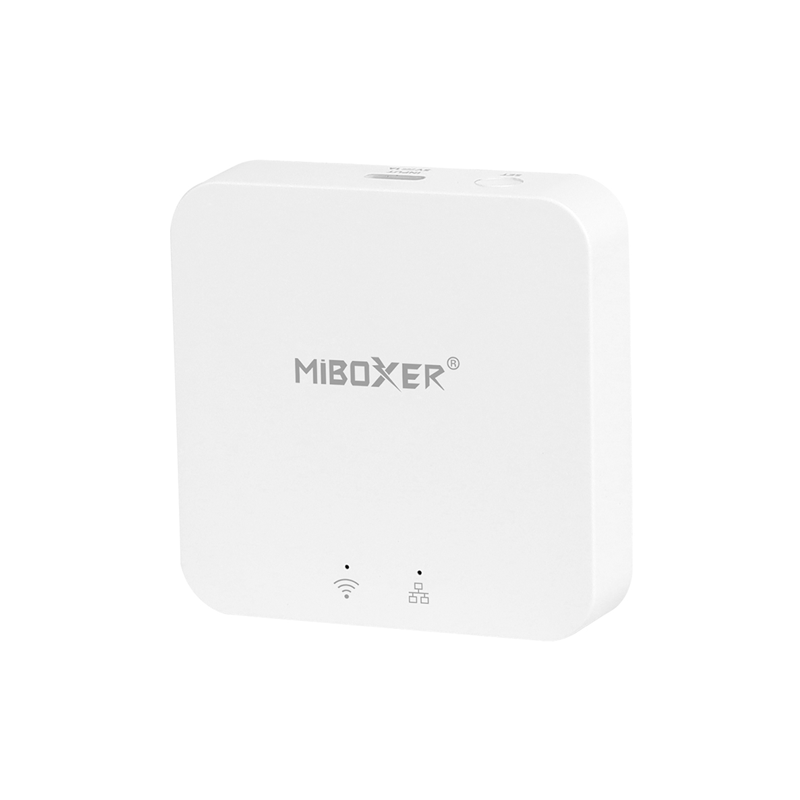
5. Short delay: Zigbee transmission data is mostly transmitted in short frames, with fast transmission speed and strong real-time performance, and is suitable for wireless control applications with strict delay requirements. The communication delay and the delay of activation from dormant state are very short. The typical delay of searching for devices is 30ms, the delay of dormant activation is 15ms, and the delay of channel access of active devices is 15ms.
6. Strong networking ability: In theory, a Zigbee gateway can connect more than 65,000 nodes, but in general, there may not be more than 100 nodes in home use. With the development of time, there will be more and more smart home products in our homes, and Wi-Fi will become more and more unbearable, but Zigbee can be said to meet the needs of smart homes without pressure.
7. The disadvantages of Zigbee are that product development is difficult and the development cycle is long. Another point is that the penetration rate of the equipment it carries is relatively low, and this aspect happens to be the advantage of Wi-Fi technology.
To sum up, from the point of view of the butler smart home, Zigbee technology has played a great role in the field of smart home, because it has many advantages are applicable to such scenarios: long transmission distance, better security, low power consumption and so on. But if high-speed connection is required, Wi-Fi is more suitable.
Our company MiBoxer has been operating Wi-Fi and Zigbee products for many years. The products are widely used in indoor and outdoor lighting. If you have any needs, please kindly contact us.
Click here for related product information:

